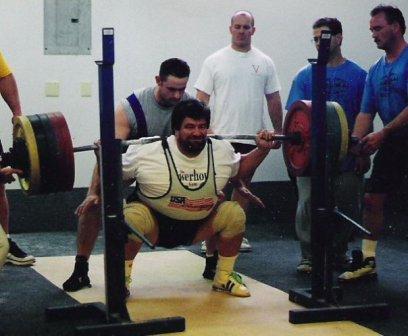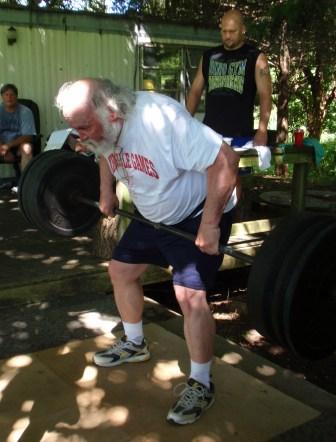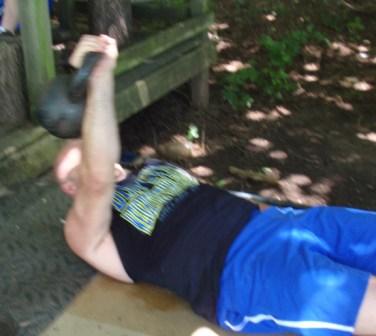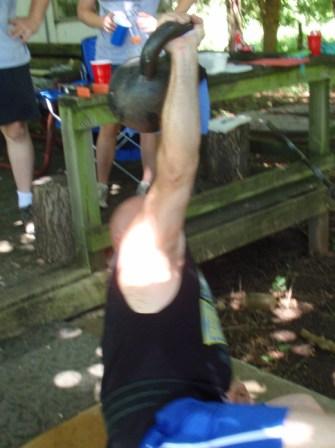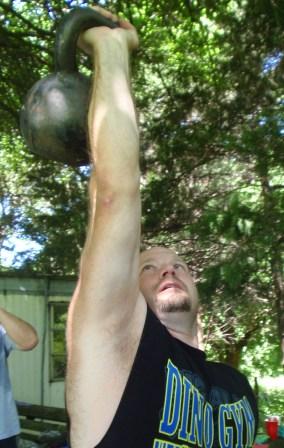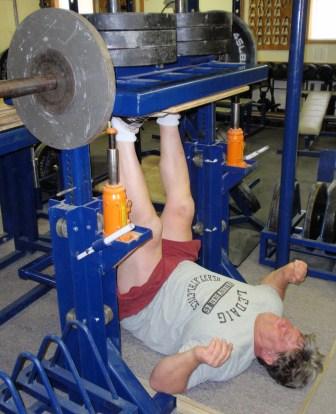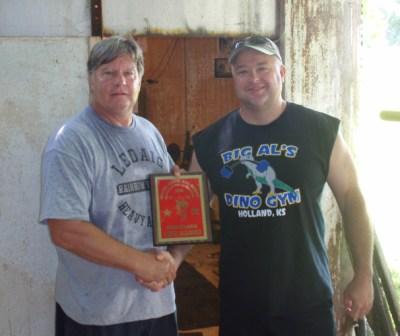Meet Reminder – The World Team Postal
by Al Myers
This is the time to start thinking about “getting your team around” for the World Team Postal Meet promoted by the IAWA President Steve Gardner. Last year this postal meet was a huge success for the IAWA. For those of you that are new to the USAWA, the IAWA (International All-Round Weightlifting Association) is the international organization the USAWA belongs to. The IAWA oversees the international competitions such as the World Championships and the Gold Cup. This IAWA World Team Postal Meet gives us (the USAWA) the opportunity to compete in a World competition without ever leaving the confines of our own gym! There really is no excuse not to enter this one. The format is for teams of three to enter, but Steve has opened it up to individuals as well to enter. The results will contain both the placings of the 3-person teams and the individual rankings. So, even if can’t find two other team members, compete and send in your results. I want to remind you of some “differences” between this meet and other USAWA meets:
1. You MUST have two USAWA certified officials (who both pass your lift) judge your lifts instead of just one official.
2. You are allowed FOUR attempts instead of the typical three attempts allowed.
3. Scoring age adjustments will be done according to the IAWA age allowances, which is slightly different from the USAWA age allowances.
All of the lifts Steve picked for this postal competition are easy to perform without much specific training. All you got to do is line up a training day where everyone in your group can be present, and DO the lifts! The specific entry information is located in the section “USAWA Future Events “. The deadline for submission is the last day of September.
